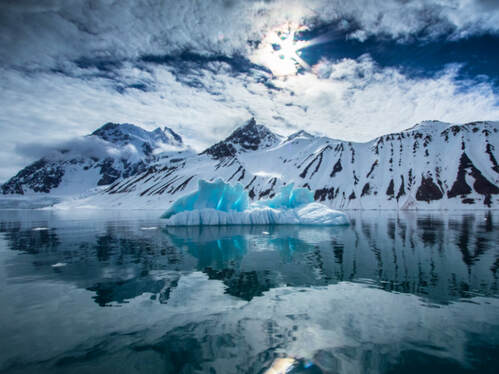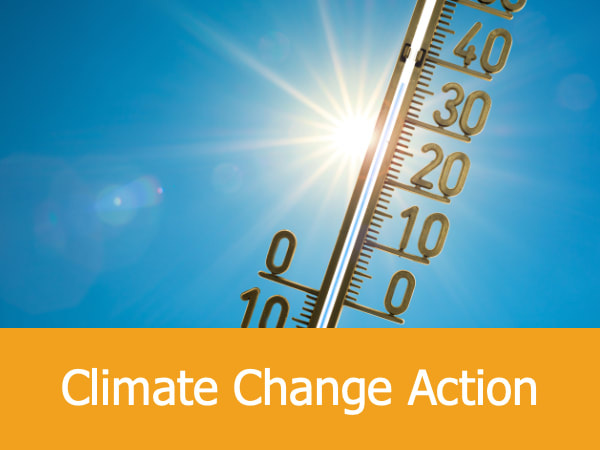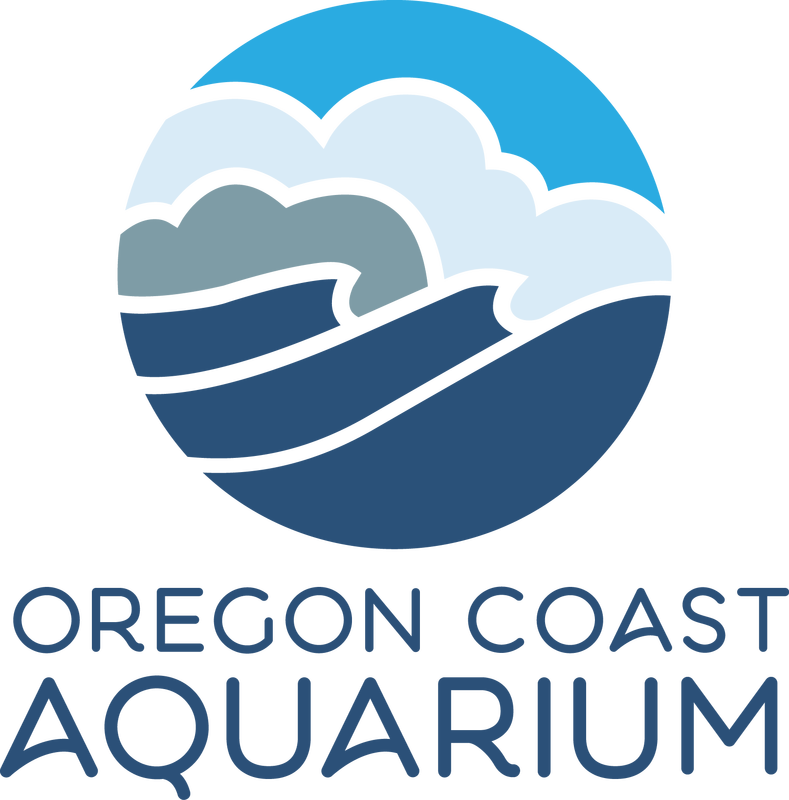Navigate:VIRTUAL EXPLORATIONS > ARCHIVED EXPLORATIONS > ELYSIUM ARTISTS FOR THE ARCTIC
|
Part 4: Morning with the Moon and the SunPosted: Tuesday, September 1, 2015
GPS Coordinates to the Svalbard Archipelago: 76.8372004, 6.7904879
The windy weather continues, so we are planning our itinerary for today to visit places sheltered from the worst of it.
We reached anchor around 4:00 a.m. this morning. The moon and sun are both visible making for a beautiful morning. This morning’s plan is to visit a cliff that is home to a colony of guillemots. The steep wall extends down into the water for divers who want to explore below. Snorkelers will have the choice to go out for a swim and everyone else will have a tour and zodiac cruise along the wall to look for arctic foxes who, at this time of year, are recovering guillemot eggs that they had hidden away in previous weeks. As for the afternoon, we’ll check the weather around lunchtime and maybe we will go to Palamder Bukta (bay) to look for walruses on ice floes and, perhaps if we are lucky, go for a walk on a glacier! |
Under the Surface:

Our science team went for it today. Our resident scientists sent a Video Plankton Recorder (VPR) equipped with a conical plankton sampling net to 656 feet (200 m) to find what was happening below the surface. We found plankton that was endemic to the Arctic Sea and it looked extremely healthy. Copepods in the genus Calanus were particularly abundant but we were also able to observe arrow worms, ctenophores, and tiny, free-swimming marine snails. This first VPR sample was conducted in Hinlopen Stretet and we will continue sampling as we travel north towards the pack ice to try to determine whether or not the composition of the planktonic community differs depending on temperature. This can help give us insights into the impacts of warming water on these critical communities at the bottom of the Arctic food chain.
Plankton is the food of the Arctic that everything depends on, that everything eats. Plankton must continue to thrive “because it is the life blood of the ocean”. Inside the glass laboratory jars, this “life blood” was swimming about in a frenzy, showing us the amazing diversity of life beneath the waves that we can’t see. We can collect, sample, identify, and observe these tiny animals while on the Elysium expedition, but Dr. Cabell Davis (the head of our science team) will be sending the plankton we collect back to the states for further analysis. We’re already looking forward to the next plankton tow tomorrow to see if there’s an obvious difference in the animals we observe. Oh I have to go for now, there is a bow fin whale right next to the boat and I need to grab my camera!
Plankton is the food of the Arctic that everything depends on, that everything eats. Plankton must continue to thrive “because it is the life blood of the ocean”. Inside the glass laboratory jars, this “life blood” was swimming about in a frenzy, showing us the amazing diversity of life beneath the waves that we can’t see. We can collect, sample, identify, and observe these tiny animals while on the Elysium expedition, but Dr. Cabell Davis (the head of our science team) will be sending the plankton we collect back to the states for further analysis. We’re already looking forward to the next plankton tow tomorrow to see if there’s an obvious difference in the animals we observe. Oh I have to go for now, there is a bow fin whale right next to the boat and I need to grab my camera!











